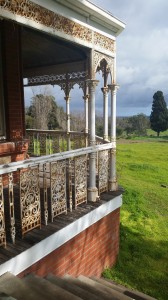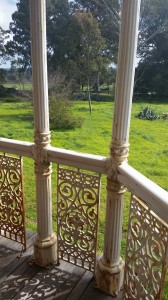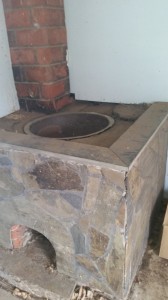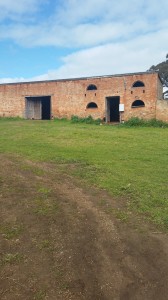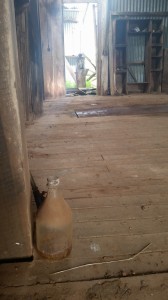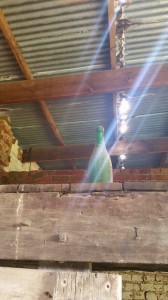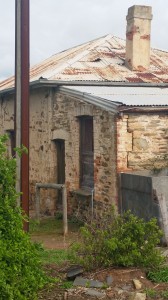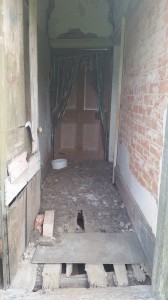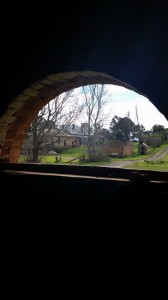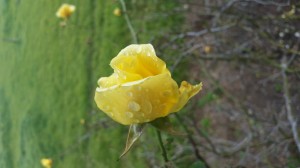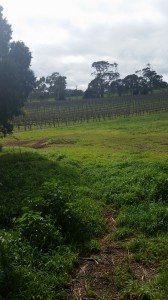We first discussed Wickham Park back in September’s issue of the Gazette, and further material offered to our team since then has enabled us to frame even more of its curious past. For example, Benjamin Wickham is stated to have bought additional property on the 23rd January 1851, upon which he established two stockyards. These yards had plenteous livestock, with supposedly over 1200 ewes, 1300 wethers, 150 cows and an abstruse number of pigs and horses.
Moving on, George Sauerbier (1860-1936) built the current homestead with wrought iron in 1903. After the fire of 1925, treasured possessions including family photos and furniture were lost. The house was soon rebuilt, albeit at a smaller size.
We know that Sauerbier’s son (1897-1988) – also named George – took over the land after his father. After returning home from the First World War he married an Annie Robertson (1903-1995). They had two girls and a boy…the latter of whom was also named George! This George (1930-2011) continued to tend the property. As you might know from September’s article, it was eventually sold to Geoff Merrill Wines in 2000.
As an addendum to this blog installment, we have an anecdote about George – the first one, that is. At the turn of the 20th century he travelled to England and had South Australia’s first Shropshire and Southdown sheep exported. The sheep had originated from a ‘royal flock’ at Sandringham and were earmarked for a 1900 exhibition in Paris. As one might imagine, it was quite the task for him to accompany his purchases on the long boat journey back to Australia!
Christopher Snape
NB: Photos were taken by the editor with full permission of Geoff Merrill Wines.
